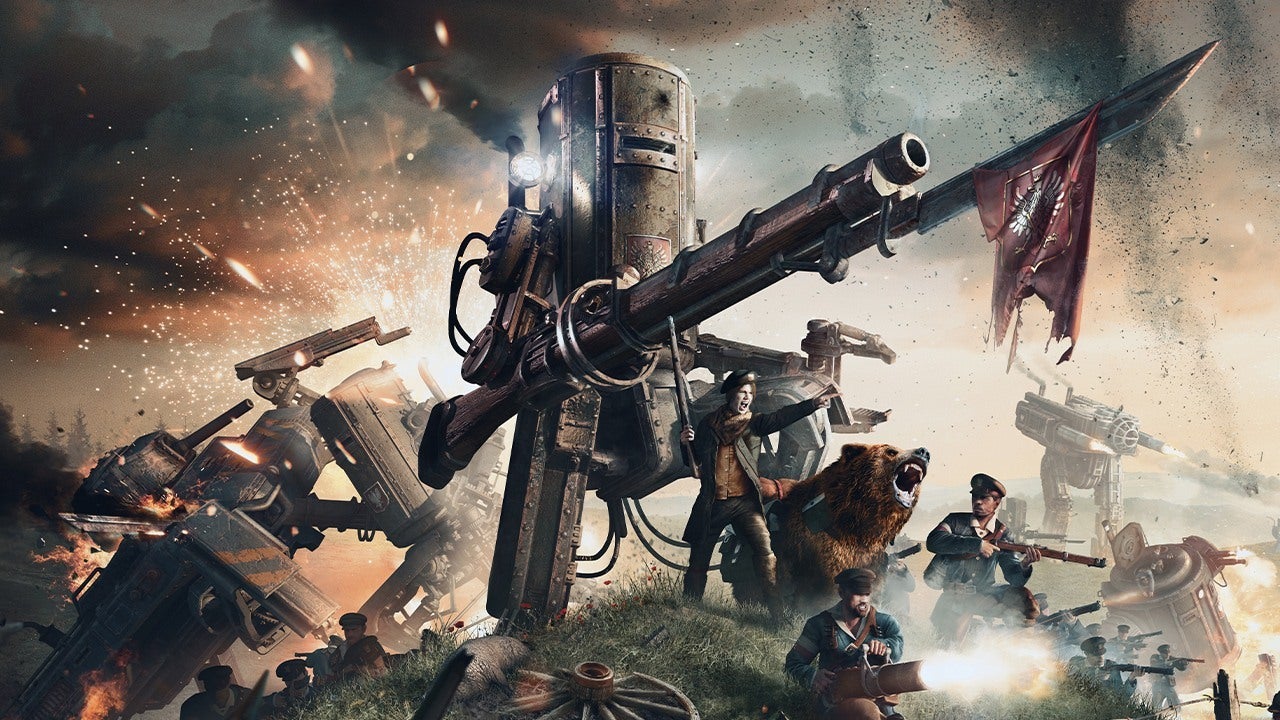

Operation Eagle is designed to be completed after Iron Harvest, so it’s reasonable for it to be more challenging.
#IRON HARVEST WALKTHROUGH FULL#
Later missions see you constantly harried and harassed by enemy forces from the moment the mission starts, with the enemy able to spew out an endless torrent of mechs while you can barely get a tent up without it being shot full of holes. There’s no warning this might happen, and the game gives you one measly minute to prepare your defence. Capturing the refinery feels like a natural conclusion for the mission, but then Operation Eagle springs a massive Rusviet counterattack on you, assaulting your positions both at the refinery itself and at the base you built on the other side of the map. Problems begin in the second mission, where you’re tasked with re-taking an Alaskan oil-refinery from the Rusviets.

Operation Eagle’s main problem, however, is that so many of the missions are tedious exercises in grinding out victory. They also make fights more confusing, obscuring other units from view and having an annoying tendency to float off after retreating enemies. But Iron Harvest’s airships are just as slow as the mechs, while also being more fragile than their terrestrial equivalents. You’d think airships would be the perfect solution to Iron Harvest’s attritional endgame, a comparatively nippy vehicle that helps punch through a stubborn yet futile defence. But like the walking buildings of the first game, the airships are also the source of trouble for Operation Eagle. These airships look every bit as cool as the giant mechs that make Iron Harvest such a visually distinctive RTS.


 0 kommentar(er)
0 kommentar(er)
